Breaching, or jumping out of the water, is a behavior that the PWF researchers in Hervey Bay and in Maui observe frequently. A commonly asked question is “Why do whales breach”? The short answer is that no one knows a single cause for this behavior; however, there are a number of theories about what drives such impressive whale acrobatics.
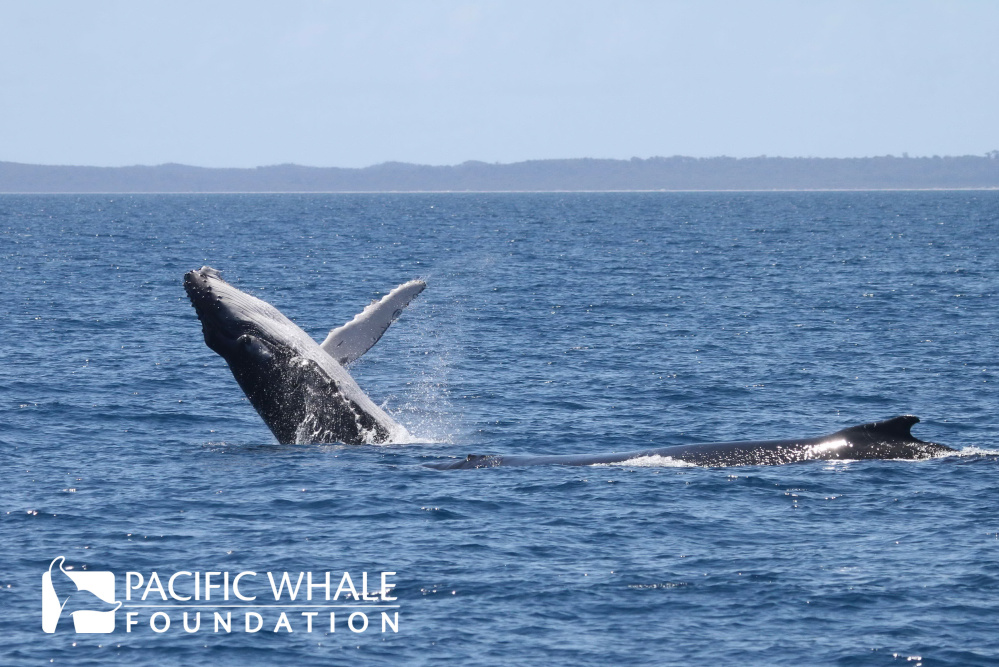
Calves may breach repeatedly to build up muscle proteins that improve diving ability 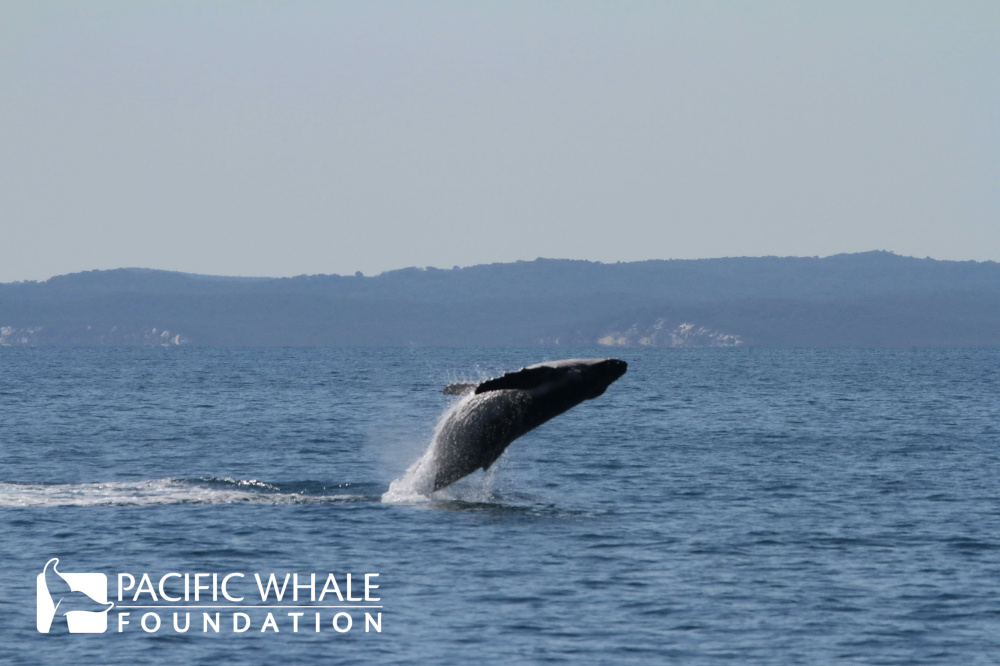
Perhaps this calf is starting to figure out how to breach like the older whales 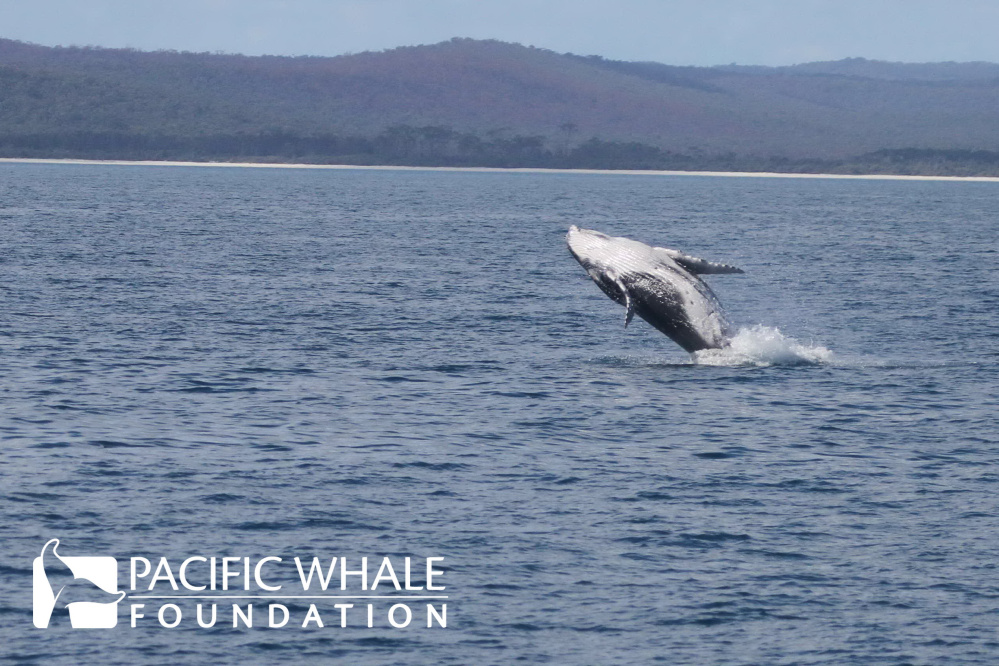
Often the calves seem a bit less coordinated than the adults 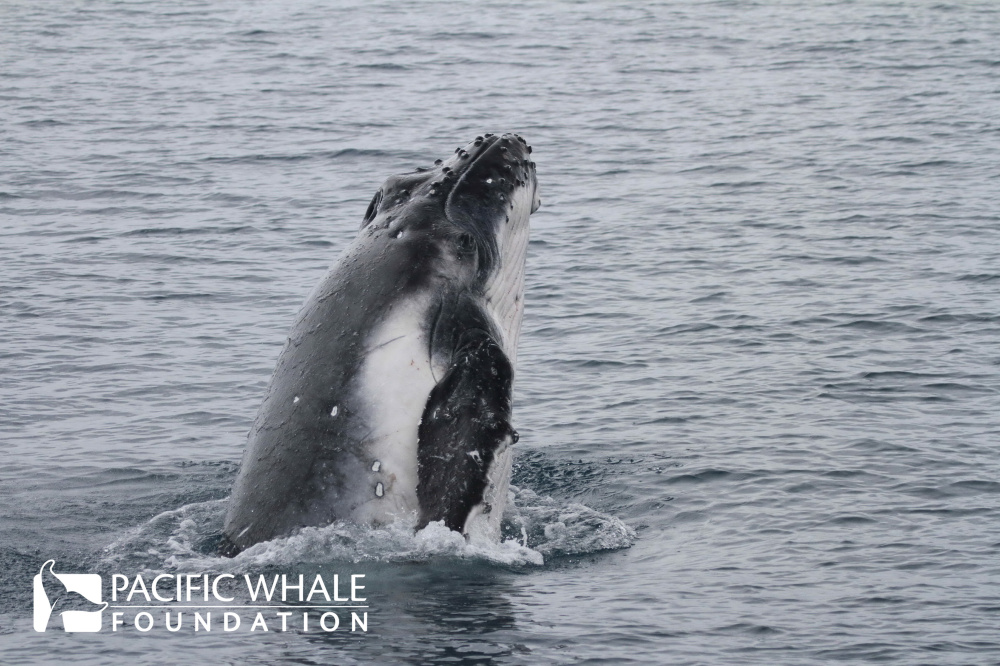
A young calf jumps out of the water in Hervey Bay 
A mother breaches close to her calf (not pictured), perhaps to show it how to do the behavior. 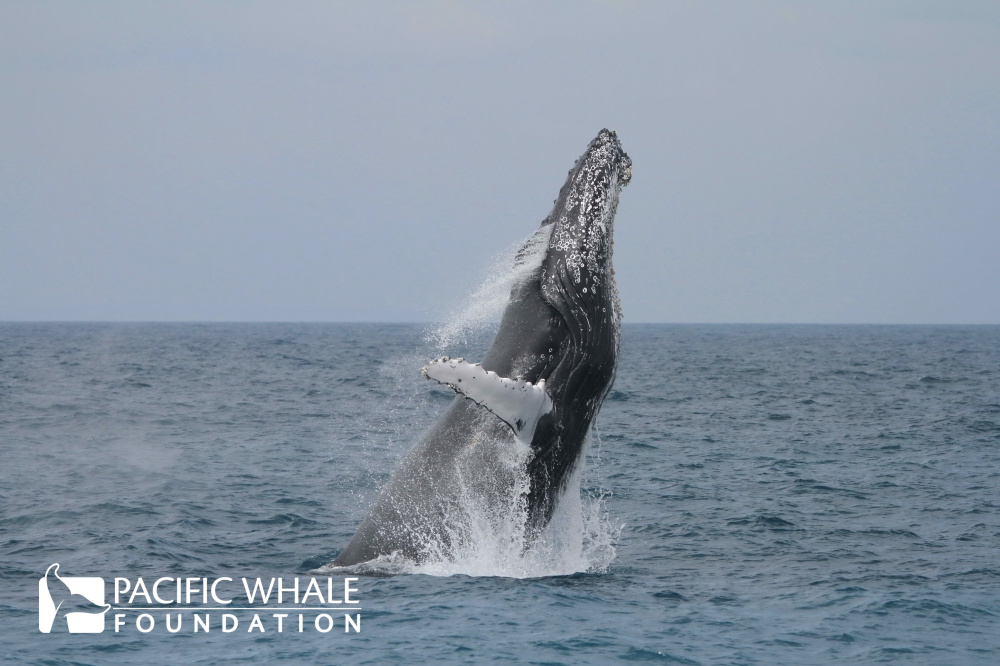
This escort to a mother and calf may have breached to communicate to other whales 
A graceful breach from an adult whale in Hervey Bay
One possibility is that the whales breach just for fun, similar to humans and other terrestrial mammals when they are excited or playing. Another option is that they use breaching and other surface activity as a way of communicating to other whales. If you’ve ever been close to a breaching whale, you know that the sound is astonishing. The sound is also quite loud underwater and may be used to communicate the whale’s location or activity level to other whales in the distance. It has also been suggested that whales breach to deter predators or other perceived threats.
Young calves may have a completely separate motivation for breaching. As more mother and calf pairs enter Hervey Bay, researchers and whalewatch passengers alike can’t help but to notice the awkward jumps of young calves. These calves are trying to imitate what the larger whales are doing with mixed success. Breaching calves are entertaining to watch, but there has been recent research suggesting that through repeated breaching, humpback whale calves increase the amount of myoglobin in their muscles. Myoglobin is a protein that binds iron and oxygen, and high concentrations of myoglobin can improve the diving ability of marine mammals.
There are a variety of possible explanations for why whales breach, but it is most likely that whales do not breach for any single reason, but rather do this behavior for a number of reasons that serve different functions throughout the seasons and over the course of their lives.
Written by Eilidh Milligan
